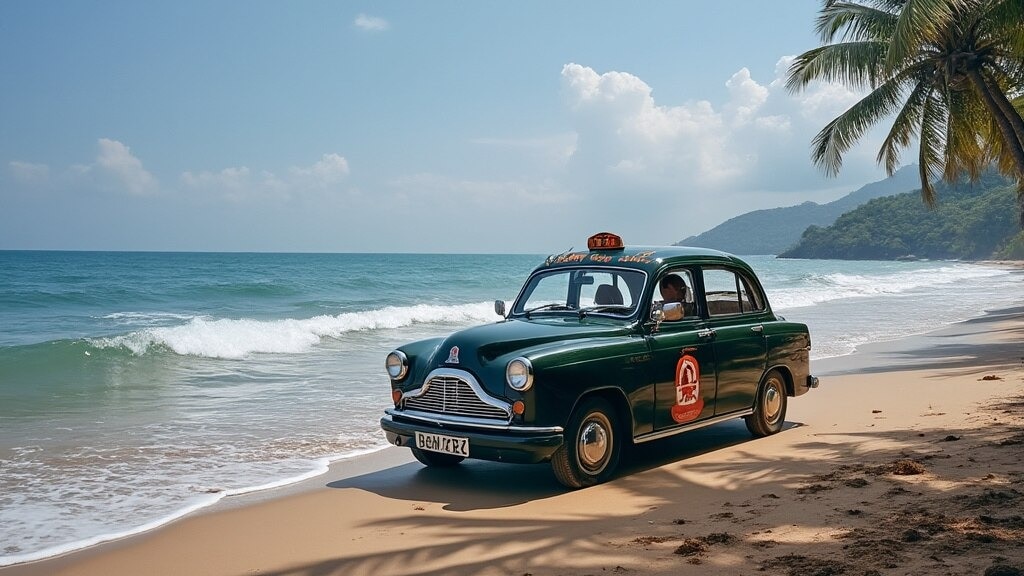Physical Address
304 North Cardinal St.
Dorchester Center, MA 02124
Physical Address
304 North Cardinal St.
Dorchester Center, MA 02124

Uber isn’t banned in Goa. It’s just been mathematically eliminated.
“Tourists keep asking: why no Uber in Goa? The answer isn’t policy. It’s simple math.”
That’s how Lokesh Ahuja, a business planner and IIM alumnus, opens a LinkedIn post that’s now stirring conversation far beyond corporate circles.
His breakdown of Goa’s ride-hailing void doesn’t hinge on government bans or outdated laws. It rests on hard, local economics—and a staggering electoral calculus.
Start with the numbers. Goa has 24,000 taxi drivers. Most are sole breadwinners, supporting families of four.
That’s roughly 100,000 people tethered to the taxi economy. But these drivers aren’t just behind the wheel. “Drivers also act as commission agents—guiding tourists to hotels, cruises, shops, shacks,” Ahuja notes. Their earnings ripple through the entire tourism sector.
Factor that in, and the number of livelihoods connected to this informal network balloons to 200,000.
Now apply politics. About 75% of those individuals are likely eligible voters. That’s 1.5 lakh votes—more than one in ten of Goa’s total electorate. “No politician’s touching that,” Ahuja writes. “Lose 1.5 lakh votes. Gain zero.”
Why zero? Because Goa’s locals aren’t asking for Uber. With 882 vehicles per 1,000 people—four times the national average—residents drive themselves. The only ones craving ride-hailing services are tourists. And tourists, Ahuja dryly points out, don’t vote.
The implication is clear: introducing Uber isn’t just economically disruptive—it’s political suicide.
The calculus may change eventually. An aging population, shifting to nuclear families, and growing appetite for convenience could build local demand for taxis again. Until then, the cab wars stay “parked,” as Ahuja puts it, and Uber remains on the outside.
“Goa doesn’t need policy reform,” he concludes. “It needs the math to change.”